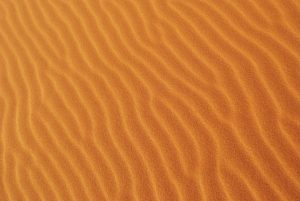
Sand casting is a casting process that involves the use of sand-based mold. While other casting processes use molds made of plastic or metal, as well as other materials, sand casting revolves around the use of a sand mold. As a result, sand casting offers several unique advantages over traditional casting processes. To learn more about sand casting and how it works, keep reading.
The Basic Steps of Sand Casting
How is sand casting performed exactly? The process typically begins with the creation of a mold. The manufacturing company first places the pre-shaped pattern in a pan of sand to create the mold. Next, the manufacturing company pours molten metal into the mold cavity. The molten metal then expands will filling every crack and crevasse. Once the molten metal has cooled and solidified, the manufacturing company ejects the newly created casting from the sand mold.
History of Sand Casting
According to Wikipedia, sand casting has origins dating back to the mid-1500s, during which Italian metallurgist Vannoccio Biringuccio published a book describing the process. With that said, sand casting didn’t become popular among manufacturing companies until several centuries later. One manufacturing company that played a key role in popularizing sand casting is Ford. In the 1920s, the American automaker experienced record sales, prompting Ford to explore newer and more efficient ways to streamline its production facilities. This ultimately led Ford to use sand casting, and it wasn’t long until other automakers jumped on board by using the casting process in their production facilities as well.
Benefits of Sand Casting
Sand casting offers several benefits, one of which is a low cost. Not surprisingly, sand molds are inexpensive to create. Being that they are made of sand, manufacturing companies can create them without spending a ton of money or resources. In addition to being inexpensive, sand casting supports 3D printing. Also known as additive manufacturing, 3D printing involves the use of a computer program to create 3D objects from raw material.
The 4 Components of a Sand Casting Mold
It’s important to note that the molds used in sand casting consist of more than just sand. They actually consist of four unique components. Sand, of course, is the primary component of a sand casting mold. However, other components include a binder, a parting compound and additives. These four components are mixed together to create the material from which sand casting molds are made.
